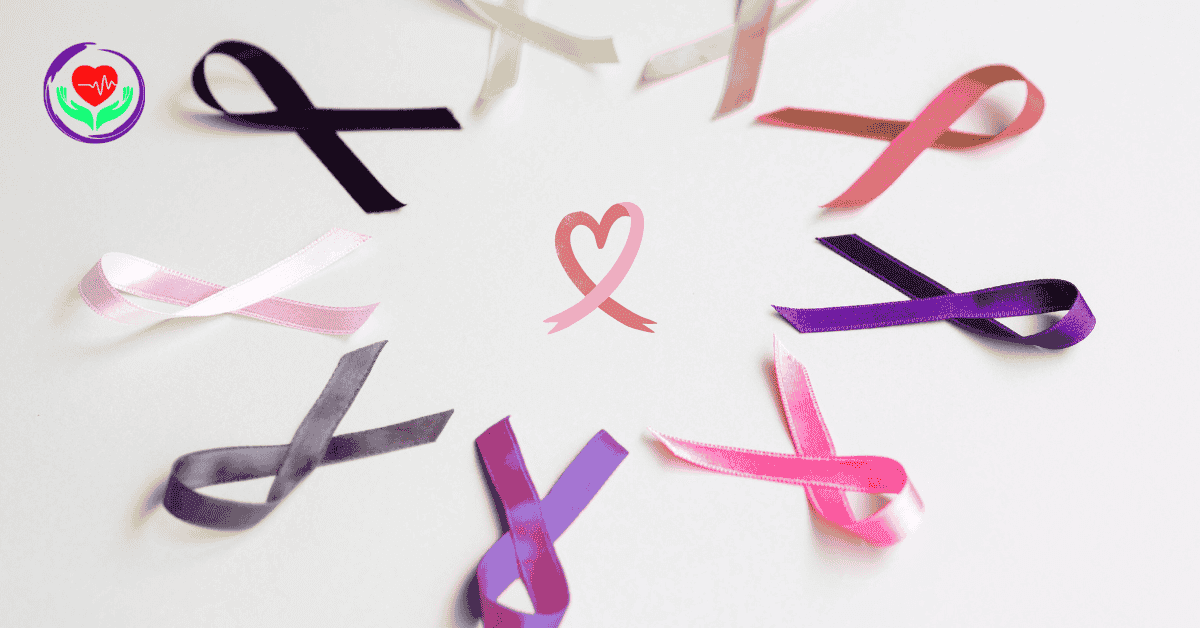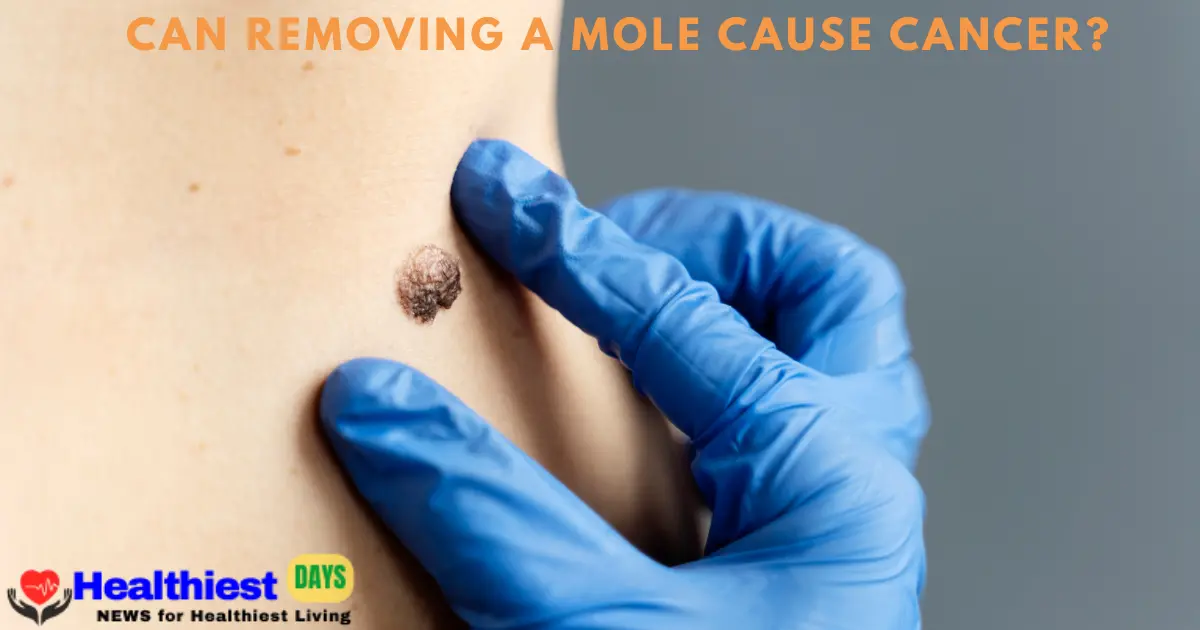Discover Bladder Cancer Ribbon: Meaning, Awareness & Fight Against Silent Killer

Why the Bladder Cancer Ribbon Matters
Colors have meanings that create impacts; be informed that cancer ribbons are not just colors—they have powerful symbols. Bladder cancer is a silent killer; among the colors, the bladder cancer ribbon has deep meaning for millions affected by this overlooked and neglected but deadly disease. Often, it is underrepresented in campaigns, especially in awareness campaigns. Talking about facts, bladder cancer is the sixth most common cancer in the U.S., yet it lacks the visibility of others like breast cancer or prostate cancer.
Teal and white ribbon, which is known to represent bladder cancer, is not a combination of two colors, but is more than just being an eye candy; it is a call to battle and stop the silent killer. It is extremely relevant to be aware of the relevance of this ribbon (regardless of which category of the one above, i.e., patient, caregiver, medical professional, or advocacy, you are in) that knowing what the ribbon represents is the initial stage towards raising awareness and lobbying change towards more sound curing, early diagnostics, and treatment support.
The meaning of the bladder cancer ribbon
As a rule, it is well established that the bladder cancer ribbon is a two-striped ribbon—teal and white. Every shade of color has a portion of history:
- Teal color denotes healing and assistance.
- White shade is the symbol of hope and medical metamorphosis against cancer.
Together, the whole color represents resilience, awareness, and advocacy, as seen in the form of a ribbon, in the event of representing bladder cancer. This pairing is today accepted by all around the world as the official bladder cancer awareness ribbon. It is promoted during May, which is acknowledged as Bladder Cancer Awareness Month. The color is used all year round by advocacy groups, the survivors, and supporters in the project to eliminate the disease.
What is the bladder cancer awareness month?
The month of May is generally recognized as Bladder Cancer Awareness Month, during which there is an education, fundraising, and advocacy campaign undertaken in the U.S. and even globally. In the month, there are usually general hospital supporters who do the following to light up the cause:
- Take part in awareness walks, fundraising, and social media campaigns.
- Share and exchange bladder cancer facts and early warning signs.
- Promote early diagnosis and screening.
Why bladder cancer ribbon Awareness Month Matters
Even though this form is the most common, bladder cancer is less esteemed than it should be. It is what we can refer to as a silent killer because it equally affects men and women, but in most cases, it is diagnosed late, resulting in poor outcomes. Observation shows that awareness may result in early detection, an effective survival rate, and more money contributed to its research.
Rapid Facts on Bladder Cancer
- Studies have shown that there have been instances where more than 82,000 Americans are diagnosed with bladder cancer annually.
- Bladder cancer is associated with men more than it is with women but is more aggressive in women.
- Among risk factors, smoking is a major one—responsible for more than 50% of cases.
- Its symptoms often include frequent urination, pelvic pain. And blood in urine
The facts presented above explain the importance of awareness ribbons such as the bladder cancer ribbons, which create awareness, generate interest in talking about it, and consequently, save lives.
Other Ribbon Colors and Why This One Matters
You have seen pink for breast cancer and gold for childhood cancer. But how many people among them recognize the teal and white ribbon? Hardly fewer ones.
It is, in fact, the major issue of worry. This absence of recognition and awareness affects funding, research, and the concern of the people regarding the disease. When we put into perspective other cancers, bladder cancer gets so little—almost nothing—in terms of federal research funding per patient, despite its being one of the most prevalent forms of cancer.
To shift the lens on this, it begins with presented visibility, and visibility begins with the symbol of a ribbon.
Symptoms of Bladder cancer that should not be ignored
Creating awareness can only work and bring benefits to the extent that people are aware of what and why they should look at. The signs and symptoms claimed by bladder cancer below are often confused with UTIs or age-related problems:
- Blood in urine (even once)
- Pain when the person passes urine
- Pain in the pelvis or back pain
Experience of the urge to urinate but not able to do so
It is good to know that early treatment and curing save lives. That is why informing people during the Bladder Cancer Awareness Month is so important and helpful in eliminating this killer.
The Advocacy and Support Groups
Acting is always better than not acting, or wearing a ribbon is the beginning of an issue or a campaign, but the actual change is effected by taking the next step towards advocacy. You must have a character to raise awareness in your community, and as long as it starts in your home, you should start. Organizations like
- Bladder Cancer Advocacy Network (BCAN)
- American Cancer Society
- Cancer care
These organizations of equal powers are in the first line to assist the patients, finance the research, and advance the legislative efforts, making the cause noticeable.
There are several things you can do and participate in as a supporter of the cause:
- Donating to bladder cancer research organizations
- Sharing educational content digitally online
- Participating in or organizing awareness walks and campaigns
- Writing letters to your local representatives about the cause and healthcare funding for it
It is well said that advocacy turns awareness into action, which is the ultimate goal to eradicate bladder cancer.
Supporting Someone With Bladder Cancer
Socially, as you know, bladder cancer doesn’t just affect the patient—it affects entire families too. If someone from your family or someone you love is battling bladder cancer, your support matters more than you realize.
Below are the ways you can help:
- Learn about their treatment and side effects
- Go to meetings with them, and be sympathetic
- Seek emotional support or a caregiver group.
- Assist them in their work and arrangement.
- Make people aware of them in their Bladder Cancer Awareness Month.
Advocacy Social Media Hashtags
Among tips for you: if you’re planning to promote bladder cancer awareness on social media, then these hashtags can help you reach more people and make them realize the main cause. Here are a few hashtags.
- #BladderCancerAwareness
- #TealAndWhiteRibbon
- #FightBladderCancer
- #BCAM2025
- #SupportTheRibbon
- #BladderCancerMonth
Pair these hashtags with your posts, reels during May to help increase visibility and reach.
The Importance of Data & Research
Due to the studies and inventions of new technologies, there have been considerable improvements in the field of the treatment of bladder cancer. Some of the treatment methods include immunotherapy, targeted drugs, and better surgical methods, which are among the current alternatives that are changing the world of treatment.
However, this is unfortunate since bladder cancer continues to rank high among all cancers regarding recurrence. This is why long-term monitoring is crucial; awareness and funding of research should keep increasing.
The results of investing in research are
- Improved survival rate outcomes
- Personalized treatments
- Reduced recurrence
- Greater, more accessible ways of care delivery
Frequently asked questions (FAQs)
1. In whose direction in which the color of the ribbon intended to show bladder cancer?
The ribbon color of bladder cancer is teal and white; it can be explained that the color is used to signify that the patient has hope of getting healed and it raises awareness.
Q2. What is bladder cancer awareness month?
It is celebrated in May in the U.S. in general and the world, in general.
Q3. What are the causes of early signs and symptoms of bladder cancer?
The common dissimilarity signs and symptoms are blood in urine, pelvic ache, urinary frequency, and painful urination.
Q4: Why aren’t more people aware of bladder cancer, and why is little effort put as awareness of the issue?
This is a disease that is not discussed much in spite of its high rate since it is not funded and media-covered as extensively as other cancers.
Q5: How can this be done to create more awareness of bladder cancer?
Some of the most obvious ways to START Awareness Month include wearing the ribbon and participating in events held during the month.
Conclusion: A Small Ribbon, A Powerful Statement
On closing the blog, the bladder cancer ribbon may not be as globally recognized as others as it should be, but that’s exactly why it needs our attention to gain importance. Symbolically, with its teal and white colors, it reminds us that bladder cancer is real, deadly, and dangerous, but beatable to perfectly curable, more especially with early detection and ongoing awareness.
It is all about actions taken, from sharing symptoms to participating in Awareness Month campaigns; every action you take pushes the fight forward. Let us join hands digitally, socially, and let this be the year we give the bladder cancer ribbon the visibility and respect it truly deserves.
Slogan: Raise the ribbon. Share the facts. Save a life.



